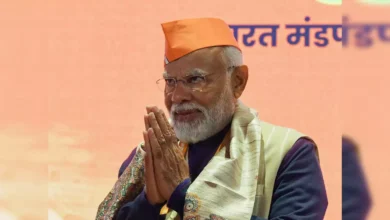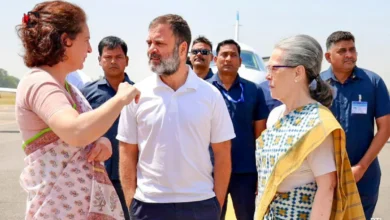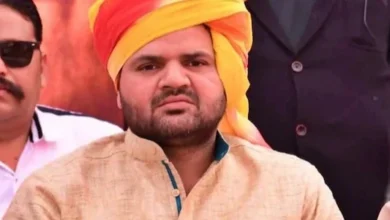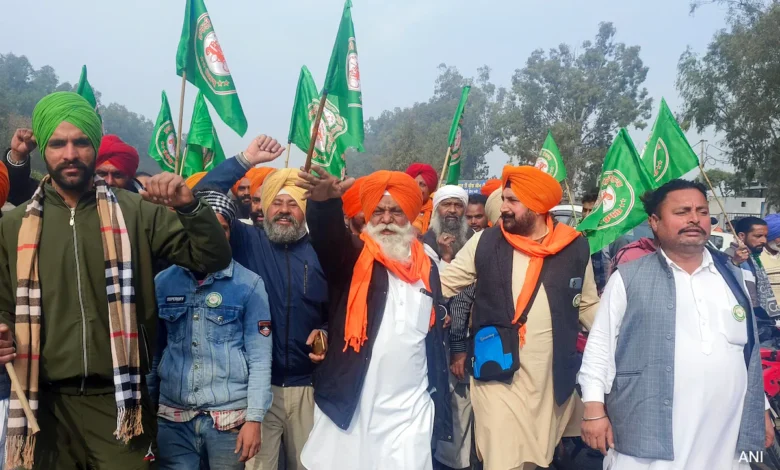
The current farmers’ of Punjab’s protest holds significant importance in the socio-political landscape of India, particularly concerning agricultural policies and the welfare of farmers. This protest has several distinguishing features compared to previous ones, reflecting evolving demands, leadership dynamics, tactics, and negotiation processes. Understanding these differences sheds light on the complexities and challenges faced by farmers and the government in addressing agricultural issues. Let’s delve deeper into each aspect of the current protest to comprehend its nuances and implications.
First and foremost, the demand for a law guaranteeing minimum support prices (MSP) for crops stands out as a central pillar of the current protest. Unlike previous demonstrations, where farmers primarily focused on opposing specific laws, such as the ones repealed in 2021, the current movement emphasizes the need for legislative assurance of MSP. MSP ensures that farmers receive a fair price for their produce, safeguarding their livelihoods and economic stability. This demand reflects a broader concern about the agricultural sector’s vulnerability to market fluctuations and the need for government intervention to protect farmers’ interests.
Moreover, the composition and organization of farmers’ unions have evolved since the previous protest in 2020. Various unions, including the Samyukt Kisan Morcha and the Kisan Mazdoor Morcha, have taken the lead in mobilizing farmers and articulating their demands. This fragmentation within the farmers’ movement contrasts with the unified leadership seen during the 2020 protest, where organizations like the Bharatiya Kisan Union played a prominent role. The emergence of multiple factions within farmers’ unions underscores the diversity of perspectives and strategies within the agricultural community, complicating the negotiation process with the government.
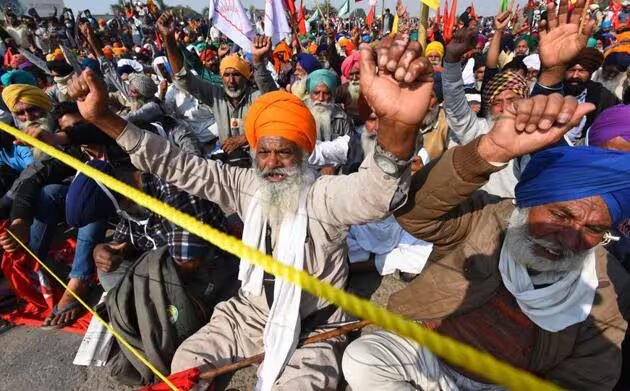
Leadership dynamics have also undergone a transformation, with new faces emerging at the forefront of the current protest. While leaders like Rakesh Tikait and Gurnam Singh Charuni commanded attention during the 2020 demonstrations, they have been notably absent from the current movement. Instead, figures like Sarwan Singh Pandher and Jagjit Singh Dallewal have assumed leadership roles, reflecting the shifting dynamics of farmer representation and advocacy. This change in leadership highlights the decentralized nature of the farmers’ movement and the emergence of grassroots leaders with distinct agendas and approaches.
In terms of tactics, there has been a notable shift in the strategy employed by both protesters and the government. Unlike the 2020 protest, where farmers successfully entered the national capital, the current demonstration has faced significant obstacles in accessing Delhi. The government has implemented preemptive measures, including the installation of roadblocks, barricades, and barbed wire, to prevent farmers from entering the city. Additionally, the imposition of Section 144 and the sealing of borders with neighboring states signal a more assertive approach by the authorities to maintain law and order. These tactics reflect the heightened tensions and security concerns surrounding the protest, underscoring the need for dialogue and conflict resolution.
Furthermore, the negotiation process between the government and farmers differs from previous protests. In the current scenario, the government initiated talks with farmers before the scheduled march to Delhi. While certain agreements, such as the repeal of the Electricity Act 2020 and compensation for farmers affected by violence, were reached during these discussions, key demands like the MSP law remain unresolved. This iterative process of negotiation highlights the complexities and challenges involved in addressing multifaceted issues such as agricultural reform and farmer welfare. Despite concerted efforts by both parties, finding common ground on contentious issues remains elusive, prolonging the protest and its associated disruptions.
Here’s how the Farmer Protest 2.0 differs from the 2020 agitation
- Evolved Demands: Unlike the 2020 agitation primarily focused on opposing specific laws, Farmer Protest 2.0 emphasizes legislative assurance of Minimum Support Prices (MSP) for crops, reflecting a broader concern for farmers’ economic stability.
- Fragmented Union Landscape: Farmer Protest 2.0 sees various unions, such as the Samyukt Kisan Morcha and the Kisan Mazdoor Morcha, taking the lead, contrasting with the unified leadership of the Bharatiya Kisan Union in the 2020 agitation.
- Shift in Leadership: While leaders like Rakesh Tikait and Gurnam Singh Charuni were prominent in 2020, Farmer Protest 2.0 is led by figures like Sarwan Singh Pandher and Jagjit Singh Dallewal, showcasing a change in leadership dynamics.
- Altered Tactics: Unlike in 2020, where farmers entered Delhi, preemptive measures, including roadblocks and barricades, have been deployed in Farmer Protest 2.0 to deter access to the capital.
- Initiated Negotiation Process: In contrast to the previous protest, the government initiated talks before Farmer Protest 2.0, attempting to address concerns and reach agreements before protests escalated.
You might also be interested in – Delhi on high alert as massive farmer protest to be held on 14 Feb, state borders sealed

